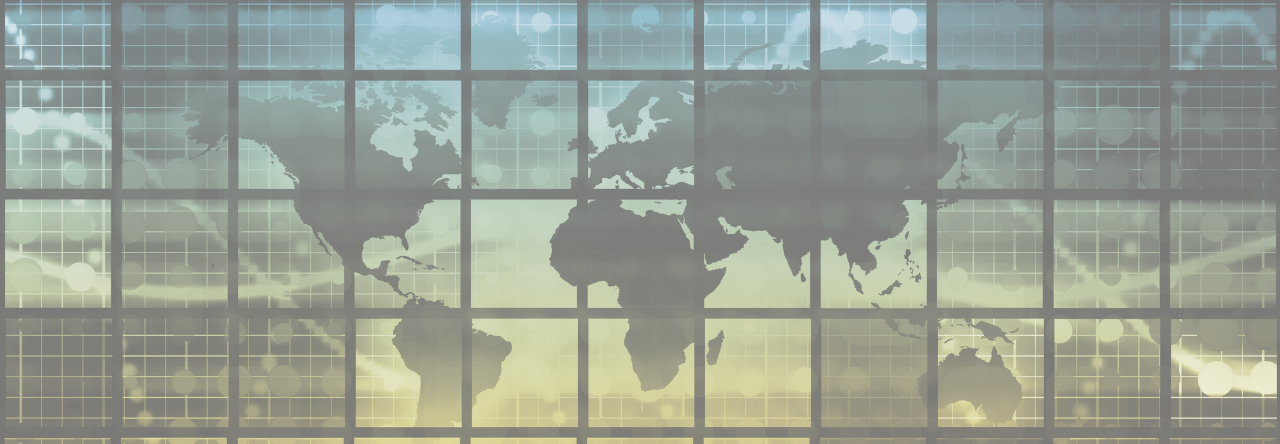This article is the English version of : Ekaterina Stepanova, « La Russie a-t-elle une grande stratégie au Moyen-Orient ? », published in Politique étrangère, Vol. 81, Issue 2, 2016.

During the armed conflict in Syria, Russia has significantly upgraded its role and status both in the Middle East and beyond the region. The most radical upgrade has been Moscow’s carefully calibrated military intervention on behalf of the Syrian government since late September 2015, as well as its role in the revived Geneva negotiation process since February 2016 and in the ensuing ceasefire co-brokered by Russia and the United States. This new role and level of engagement is at odds with the widespread stereotype about post-Soviet Russia’s departure from the Middle East.
In contrast, in the mid-2010s there has been growing talk about Russia’s return to the Middle East and, through its upgraded role in this region, to the central stage of global politics. This, in turn, has prompted the rise of expectations and speculation, both in and beyond the region, about Russia’s new “grand strategy” in the Middle East. How justified are these expectations? Does the fact that Russia outplayed the United States on Syria suffice as evidence of Moscow’s “grand strategy” for the broader region? Or should Russia’s engagement be seen instead as merely a series of measured, ad hoc steps involving skillful improvisation, and mainly in the pursuit of instrumental tactical goals, in the absence of any more ambitious, long-term and comprehensive regional strategy? Or are we dealing with something that does not fall neatly under either category, involving and displaying elements of broader strategic thinking – but not in the way of a “grand strategy” for the Middle East?
The international context and the Russia’s Global Strategy
It took at least a decade for post-Soviet Russia to adapt itself to the new international realities, start rediscovering its identity as a nation, and (re) shaping, to the extent possible, its new role and place in the world. It is only in the 2010s, however, that several key strategic “directions” and cross-cutting lines took full shape and could be clearly traced in Russia’s foreign policy. These survived all the subsequent foreign policy crises and even the economic calamities that Russia became involved in. This points to the long-term and fundamental, rather than merely contextual or declaratory, nature of these guiding principles. Three guiding principles are most pertinent to the subject of this article.
- A gradual, but steady shift from the US global hegemony and “unipolar moment” of the 1990s and early 2000s, and, more broadly, from the undisputed centrality of the West, or the “Euro-Atlantic concert”, to an emerging multipolar world, with several rising centers of power and security. In this emerging world, the utmost limit of Russia’s long-term ambitions on a global stage – an aspiration that could take decades to come to reality – is to become one of its several poles.
- The regionalization of world politics that manifests itself in the rise of regional powers, institutions (including security alliances) and dynamics. Russia has already reclaimed its role and place as a leading power in its main and only vital region of interest and concern – post-Soviet Eurasia. In this macro-region, Russia has built up a regional security alliance (the Collective Security Treaty Organization), is pursuing a macro-regional economic integration project (the Eurasian Economic Union), and expects its interests and influence as a primusinter pares to be recognized by key actors both within and outsideEurasia, including the United States and the EU.
- Russian aversion to regime change by force, especially from the outside, which has become a cross-cutting line in its policies concerning the Middle East and beyond. This is despite the fact that, overall, Russia’s foreign policy and strategy (since it could be identified as a more or less coherent one, i.e. since the 2000s) has remained relatively non-ideological, pragmatic and marked by a high degree of cultural relativism, especially compared to the US-led and Western-backed “democracy promotion” in places ranging from Eastern Europe to Afghanistan and Iraq.
This aversion to forced regime change, especially with external support or through direct external intervention, was borne out of the Russian leadership’s growing suspicions about the so-called “color revolutions” in the post-Soviet space through the 2000s. These refer to change of government, through means other than legal succession of power and with varying degrees of popular support, in Georgia (2003), Ukraine (2004) and Kyrgyzstan (2005 and 2010). While undertaken under the banner and in the name of democracy and moderate nationalism, these “revolutions” essentially were, or morphed into, a reshuffling of the balance of power among the ruling oligarchical clans and elites under the disguise of broader social protest, ultimately reproducing the “pre-revolutionary” conditions and sources of instability and often creating more problems than they were expected by some within these countries to solve. They were also increasingly seen by Moscow as being at least partly, if not mainly, promoted by external influences and powers from outside the region, and as threats to Moscow’s influence. Russia’s own wave of mass pro-democracy protests of the early 2010s was interpreted by the Kremlin as an attempt to move in the same direction of color revolutions. […]
Read the rest of the article here.
>>> More articles of Politique étrangère are available for reading
on Cairn International <<<


Vous devez être connecté pour poster un commentaire.